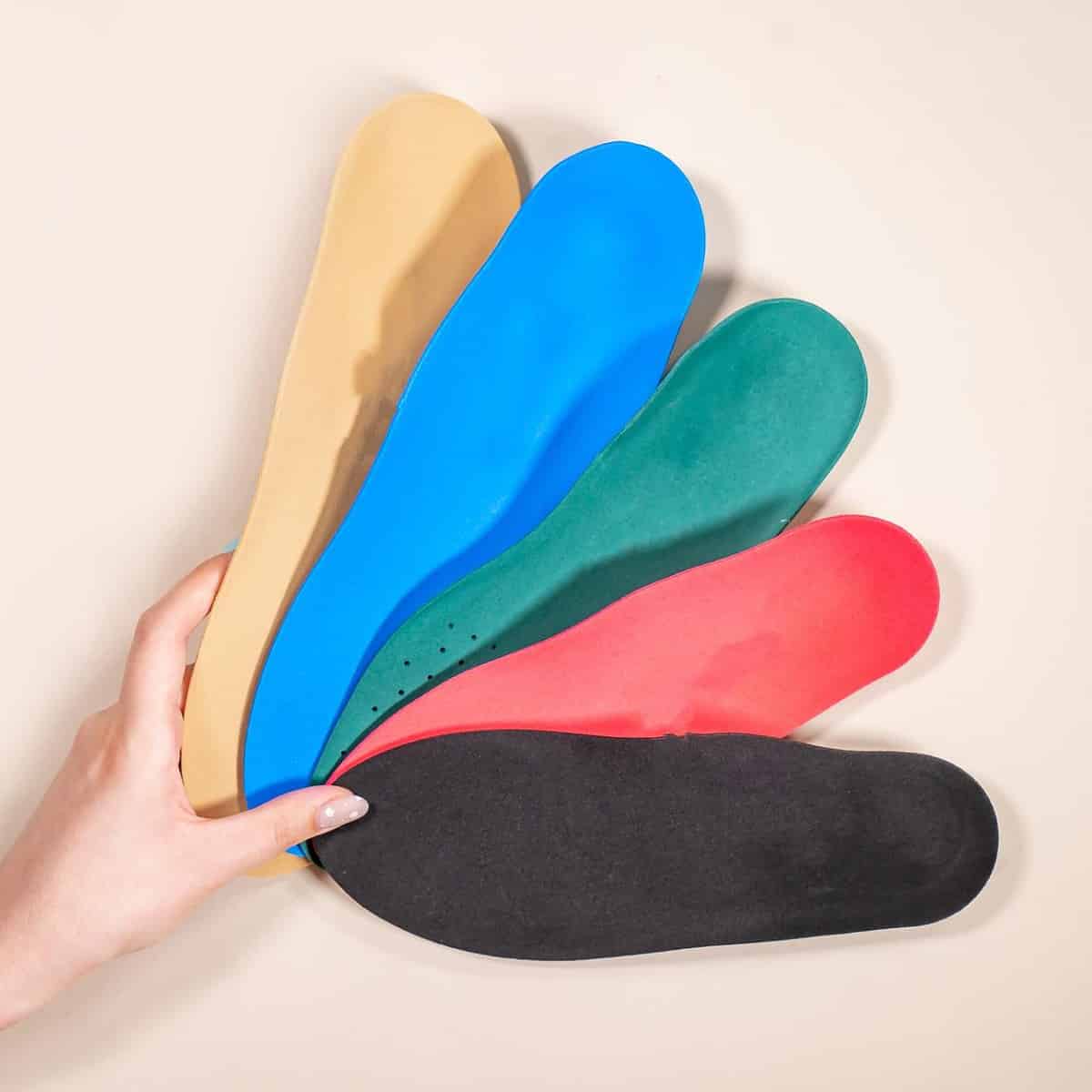
The Three Types of Custom Orthotics and Who Should Get Them
Are you suffering from foot or heel pain that makes your daily activities more difficult? Foot orthotics may be the solution you’ve been searching for. Made to support and correct foot function, orthotics can alleviate pain and improve overall foot health. In this article we’ll talk about the 3 main types of orthotics and who they’re suitable for.
Quick Summary
- The 3 different types of orthotics are:
- Rigid orthotics: These provide stability and help prevent uncomfortable movements. They are made from rigid materials.
- Soft orthotics: These offer extra cushioning for those in need of additional comfort. They are made from soft materials.
- Semi-rigid orthotics: These provide a balance between stability and cushioning. They are made from a combination of rigid and soft materials.
- Orthotics are custom-made devices prescribed by podiatrists to address various foot problems.
- Different types of orthotics provide different functions, from cushioning and support to shock absorption and improved athletic performance.
- Consulting a professional healthcare provider is necessary in order to determine the best type of orthotic for individual needs, resulting in relief from pain, better stability & alignment of feet and prevention against injury.
Think You Might Need Custom Orthotics in Melbourne? Schedule a Consultation Today.
The Basics of How Orthotics Work
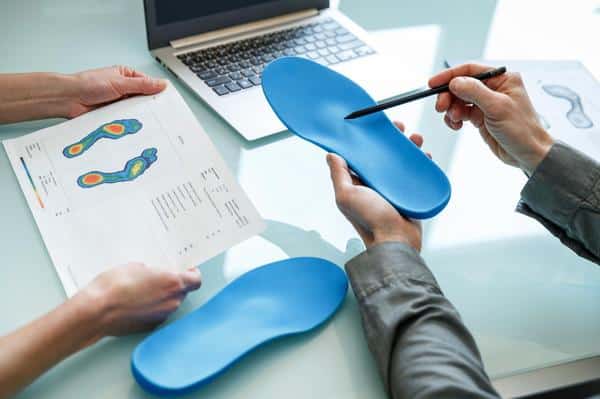
Orthotics, also known as foot orthoses, are specially designed devices that provide support, reduce discomfort, and improve how the foot functions. What orthotics will do is take pressure away from one painful spot and distribute it along the rest of your foot. They also change the mechanics of how you walk so that you don’t put as much pressure on it and you don’t start the day in pain and inflammation. Effectively, what they do is help you recover. You can learn more about how custom orthotics work here
They are created by taking a mould of your feet or using advanced computer 3-D imaging to generate digital molds. At The Lower Limb Clinic, our process begins with a full biomechanical examination. This examination includes a detailed analysis of your gait, foot structure, and alignment. This comprehensive evaluation allows us to understand the intricacies of your foot function and can design your custom made orthotics based on these assessments.
The Three Different Types of Orthotics
Rigid (Functional) Orthotics
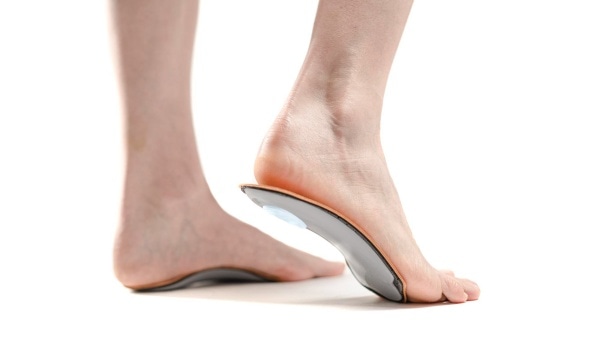
Rigid orthotics are widely known as functional orthotics. They are usually crafted from hard materials such as carbon fiber and plastics. These devices are designed to provide support and enhance foot and ankle mobility. Rigid orthotics specifically target the two primary foot joints located just beneath the ankle to regulate foot function. Rigid orthotics may be recommended if there is an abnormal foot function leading to pain in other parts of the body, such as the lower back, legs, or thighs.
Compared to other orthotic types, rigid ones utilise stiffer materials, offering extra support for people with more serious foot problems.
Soft (Accommodative) Orthotics
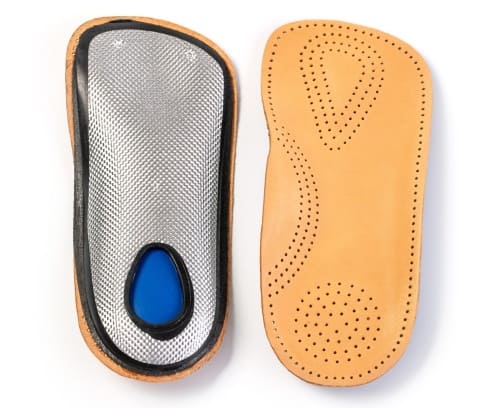
Soft orthotics, or accommodative orthotics, provide cushioned support for those in need of extra comfort. These orthotic devices can provide relief for arthritis and diabetes-related issues are also used to manage foot conditions requiring extra cushioning such as bunions. Accommodative orthotics are effective in addressing minor complaints or correcting functional issues.
Semi-Rigid Orthotics
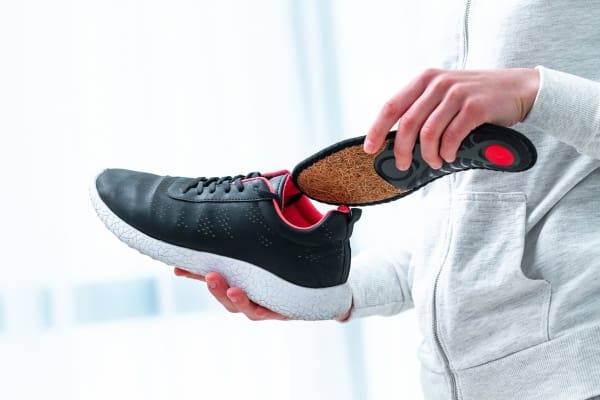
Semi-rigid orthotics combine the attributes of functional and accommodative orthotics. They utilise soft and rigid materials to provide balance, pressure relief, shock absorption, and support for various conditions. These orthotics are used to address flatfoot and in-toeing or out-toeing disorders in children.
Semi-rigid orthotics are often used by athletes and people who play a lot of sport or do a lot of running. These orthotics can:
- Stabilise the foot by providing extra support
- Help reduce foot and heel pain during exercise or competition
- Promote the foots optimal functioning
- Improve muscle and tendon performance
Custom Orthotics vs Over-the-Counter Insoles
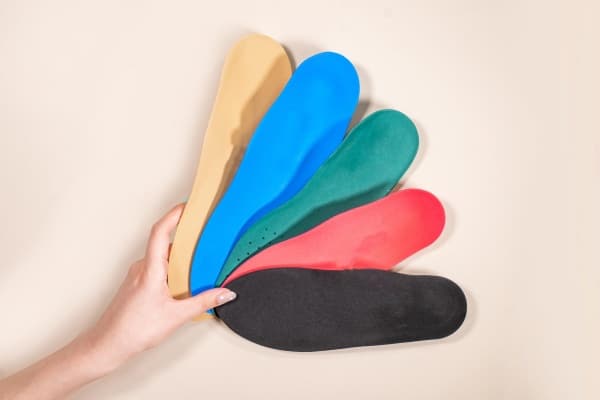
While over-the-counter shoe inserts offer a quick and affordable option for providing cushioning and support, custom orthotics are tailored to individual needs. They are designed to address specific foot concerns and offer more support and foot correction than store bought shoe inserts can provide.
While custom orthotics may come with a higher price tag than over-the-counter insoles, they have superior durability and better outcomes. Insoles typically last up to 6 months, while custom orthotics can last up to five years.
Ultimately, the decision between custom orthotics and over-the-counter inserts will depend on the severity of your foot issues and your individual requirements.
Think You Might Need Custom Orthotics in Melbourne? Schedule a Consultation Today.
The Advantages of Wearing Custom Orthotics
Mass-produced orthotics by nature follow a ‘one-size-fits-all’ approach that might not provide an accurate fit and could potentially worsen the problem. Your body is unique and so are your feet. After years of living your life in the way that only you have lived it, moved in ways that only you have moved, it makes sense that your feet are going to function a little bit differently from everyone else.
Custom orthotics – like those made at The Lower Limb clinic – are made specifically for you and your feet and the issues you’re experiencing.
Custom orthotics can provide the following benefits:
- Enhanced biomechanics
- Alleviating of pain
- Prevention of foot-related issues
- Improve balance and stability
- Realigning the feet
- Prevention of foot injuries
- Promoting general foot health
Common Foot Conditions Addressed by Orthotics
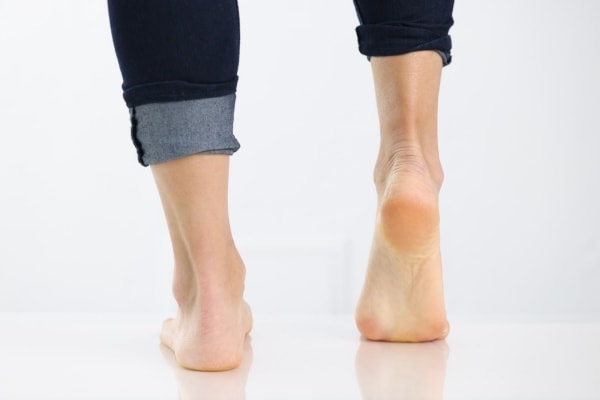
Orthotics can manage and improve a range of foot conditions, including:
- Plantar fasciitis
- Flat feet
- Arthritis
- Bunions
- Rheumatoid arthritis
- Heel pain
- Arch pain
- Metatarsalgia
- Morton’s neuroma
- Complications from diabetes such as diabetic foot ulcers
- Osteoarthritis
- Shin splints and sports injuries
What Type of Orthotic Do I Need?
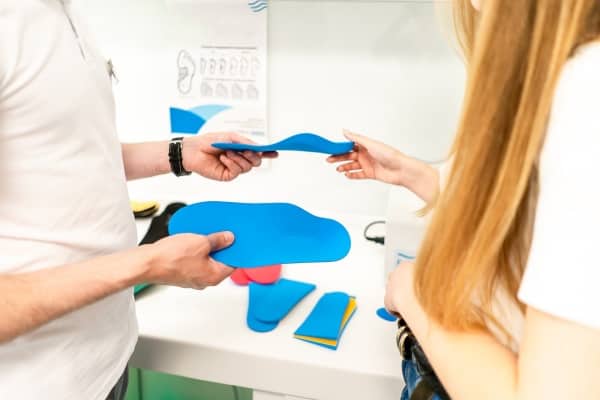
Podiatrists typically recommend softer insoles for high arches, 3/4 length insoles for bunions, more structured insoles with neoprene or EVA for flat feet, and insoles with a cupped heel and arch support for plantar fasciitis and heel spurs.
However, your specific foot condition, past treatments, and personal needs will determine the type of orthotic you require. It’s important to consult with a podiatrist or healthcare professional who can assess your feet and recommend the most appropriate orthotic solution for your needs.
How Podiatrists Determine The Right Orthotic for You
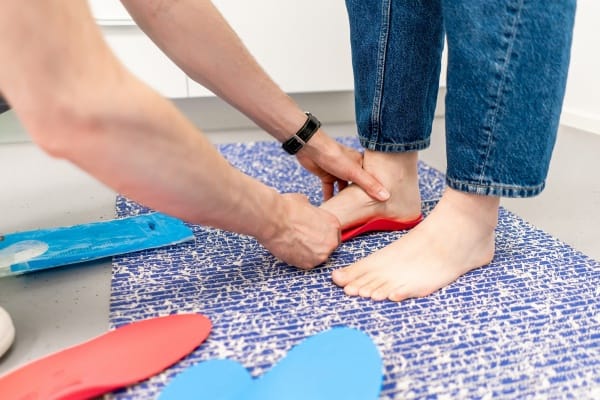
Podiatrists identify the fitting orthotic by evaluating your symptoms, including foot pain, performing biomechanics examinations, and pinpointing any foot deformities or irregularities that may be causing pain or discomfort.
During the physical exam, your podiatrist will consider your foot type, condition, and the activities for which you require orthotics. After this thorough examination your podiatrist can recommend you the most suitable orthotic therapy option based on their expert assessment.
Get a Gap-Free Biomechanical Assessment and Gait Analysis
If you’re suffering from lower limb pain, balance problems, or other lower limb conditions, book an assessment with The Lower Limb Clinic.
New patients can get their assessment Gap-Free! But it’s limited to 3 spots per week so book early.
